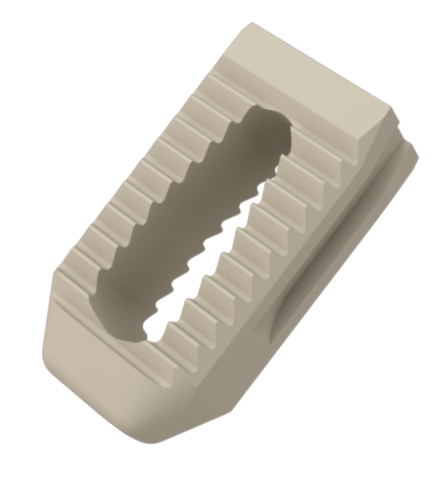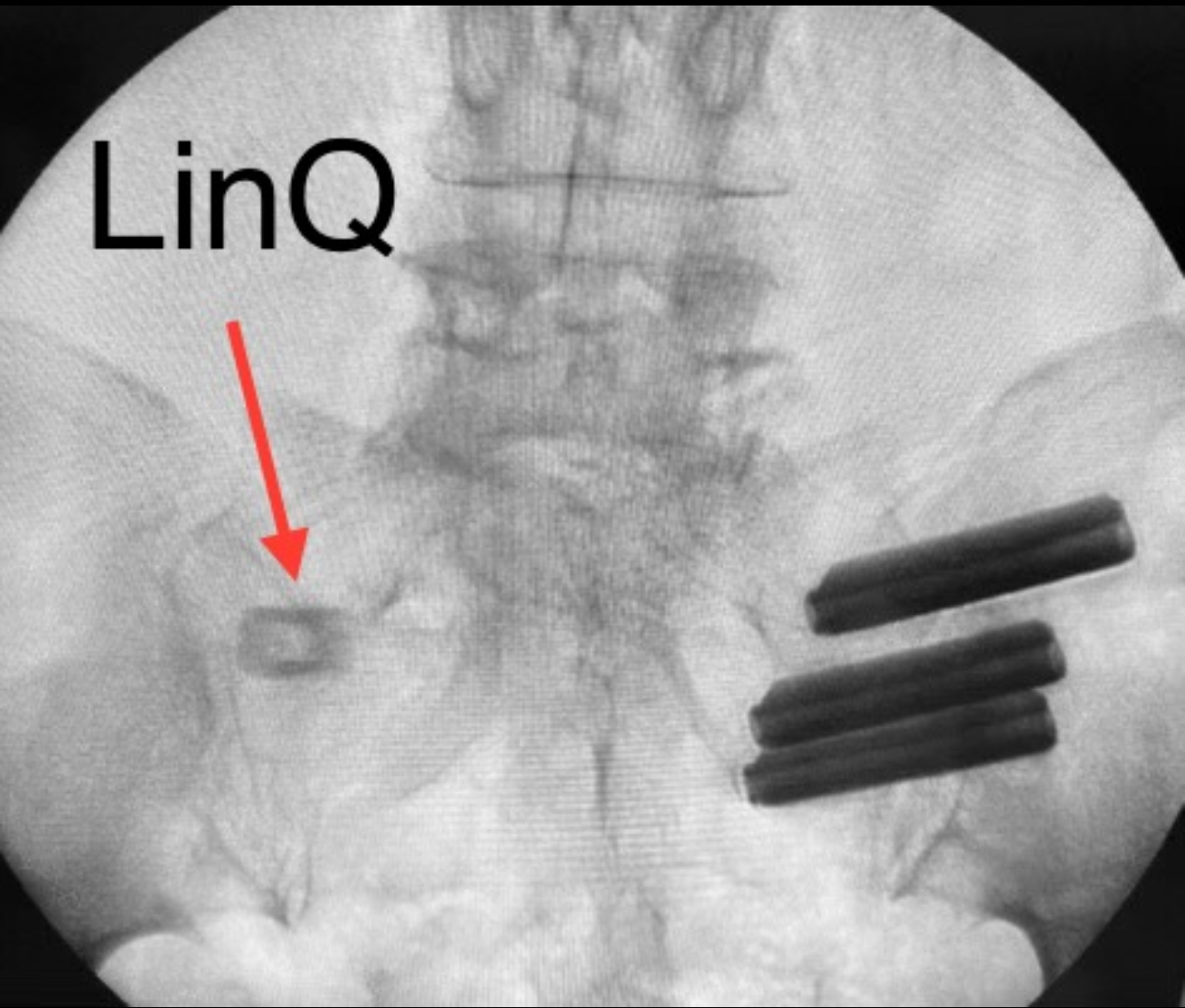Understanding SI Joint?
The sacroiliac joint, commonly referred to as the SI joint (SIJ), is the junction where the sacrum meets the ilium. Situated just below the beltline, this joint exists on both the left and right sides where the hip connects with the tailbone. Notably, a substantial nerve passes through this joint and the buttocks. When this joint becomes unstable, it has the potential to induce discomfort in the lower back and legs.

The primary function of the SI joint is to offer stability and serve as a shock absorber for the spine and pelvis. It plays a crucial role in bearing the load of the upper body during activities such as standing, sitting, walking, or jumping, ensuring that the forces are absorbed before reaching the legs. This joint is an indispensable element for transferring energy efficiently between the legs and the torso.
Signs and Symptoms
Dysfunction in the sacroiliac (SI) joint typically manifests as a persistent, dull ache in the lower back on one side, potentially extending to the leg and buttock. Symptoms akin to sciatica may be experienced, including sensations of leg pain, burning, numbness, and tingling. The discomfort is commonly characterized as a mild to moderate ache centered around the dimple region of the lower back.
Aggravation of the pain often occurs during certain activities, particularly when standing up from a seated position or lifting the knee toward the chest during stair climbing or walking uphill. Although the pain is generally unilateral, it can occasionally manifest on both sides. Individuals may observe that the discomfort is more pronounced in the morning, gradually improving throughout the day.
In cases of severe SI joint pain, there may be associated referred pain radiating into the hip, groin, and occasionally down the leg, but rarely extending below the knee. Additionally, individuals may experience muscle tightness and tenderness in the hips or buttocks. The pain may be referred from the SI joint to the buttock or the back of the thigh, and in rare instances, even to the foot.
Common symptoms also include low back pain and stiffness, often concentrated on one side, which tends to intensify with prolonged periods of sitting and walking. Disruptions in sleep patterns and sitting discomfort may occur due to pain, leading to an inability to sit for extended periods or favoring one side while sitting. Some individuals may also report a feeling of leg instability, characterized by sensations of buckling or giving way.
 Pain Journal Before Injections
Pain Journal Before Injections
Typically, Medicare and Local Coverage Determination mandate two injections demonstrating a 75% or greater alleviation of pain. These are diagnostic injection and accuracy is important. Make sure your provider is proficient in doing this injection and if needed, request a copy of your X-rays saved during the case. If you are being refereed to our office for LinQ procedure, we would need those films to confirm the procedure was done properly.
About the Procedure
The LinQ™ Stabilization System is a minimally invasive option for patients suffering from SI joint dysfunction.
What is LinQ?

- The LinQ SI Joint Stabilization System offers patients dealing with SI joint dysfunction a minimally invasive solution for managing pain. Following a comprehensive diagnostic assessment, physicians can potentially reduce, and often eliminate, chronic pain by inserting a single LinQ allograft into the SI joint. This singular implant has the potential to promptly restore joint stability, and the LinQ SI Joint Stabilization System, featuring a spacious graft window, contributes to establishing an optimal setting for sustained fusion over the long term.
- It is important to mention that there are many SI joint stabilization/fusion devices available. LinQ device is least aggressive of them and has been clinically shown to be equally effective in improvement of pain scores and stabilization of joint. The following image shows LinQ implant inside the left sacroiliac joint and one of the other alternative options in the right sacroiliac joint.

How Does It Work?
This distinctive method, characterized by its minimally invasive nature, entails the insertion of a small bone allograft into the SI joint for the purpose of stabilizing and fusing the dysfunctional joint. The entirety of the procedure is conducted through a solitary, minor incision on the patient’s back. Patients typically go home on the same day as the surgery, shortly after the procedure, and can generally resume their daily activities within a few weeks, contingent on their healing progress and adherence to the physician’s instructions.
The LinQ Procedure Offers Several Benefits
Compared to Traditional SI Joint Surgery:
- Minimally Invasive
- No Metal Implanted
- Fast Recovery Time Than Traditional Fusion
- Posterior Approach Away From Nerves and Large Blood Vessels
About The Surgery
Postoperative outcomes following LinQ SI joint stabilization surgery can vary. It is crucial to discuss any expectations and address questions with your physician throughout the stages of SIJ treatment.
If your healthcare provider has recommended LinQ for minimally invasive SI joint fusion, you may be curious about the LinQ SI joint fusion recovery period. You might also wonder when you can return to work after LinQ surgery and what limitations you may have post-surgery.
Outlined below are common experiences that patients often encounter on the day of and in the weeks following LinQ surgery.
Day of LinQ Surgery:
Sacroiliac (SI) joint fusion is a surgical procedure conducted in an operating room under either general anesthesia or monitored anesthesia care (MAC). The LinQ Implant System, an innovative minimally invasive surgical (MIS) technique, involves a small incision (approximately one to two inches long) in the lower back.
The LinQ procedure entails placing a small bone allograft implant in the SI joint to stabilize and fuse it. This procedure is performed through a single, small incision in the lower back and is typically completed in under one hour.
Most patients are discharged on the same day as the LinQ procedure, leaving the healthcare facility once they have recovered from anesthesia.
After Minimally Invasive LinQ Surgery:
The entire LinQ SI procedure usually takes less than an hour, with a recovery time significantly shorter than traditional SI fusion surgeries. Typically, patients are able to walk out of the hospital or surgery center shortly after regaining consciousness from anesthesia.
There may be some mild restrictions, and your surgeon will schedule a follow-up appointment to evaluate your recovery, overall health status (including the condition of your incision), and may perform additional x-rays if necessary. The timing of your return to work and other activities will be contingent on your progress post-surgery and the nature of your occupation.




